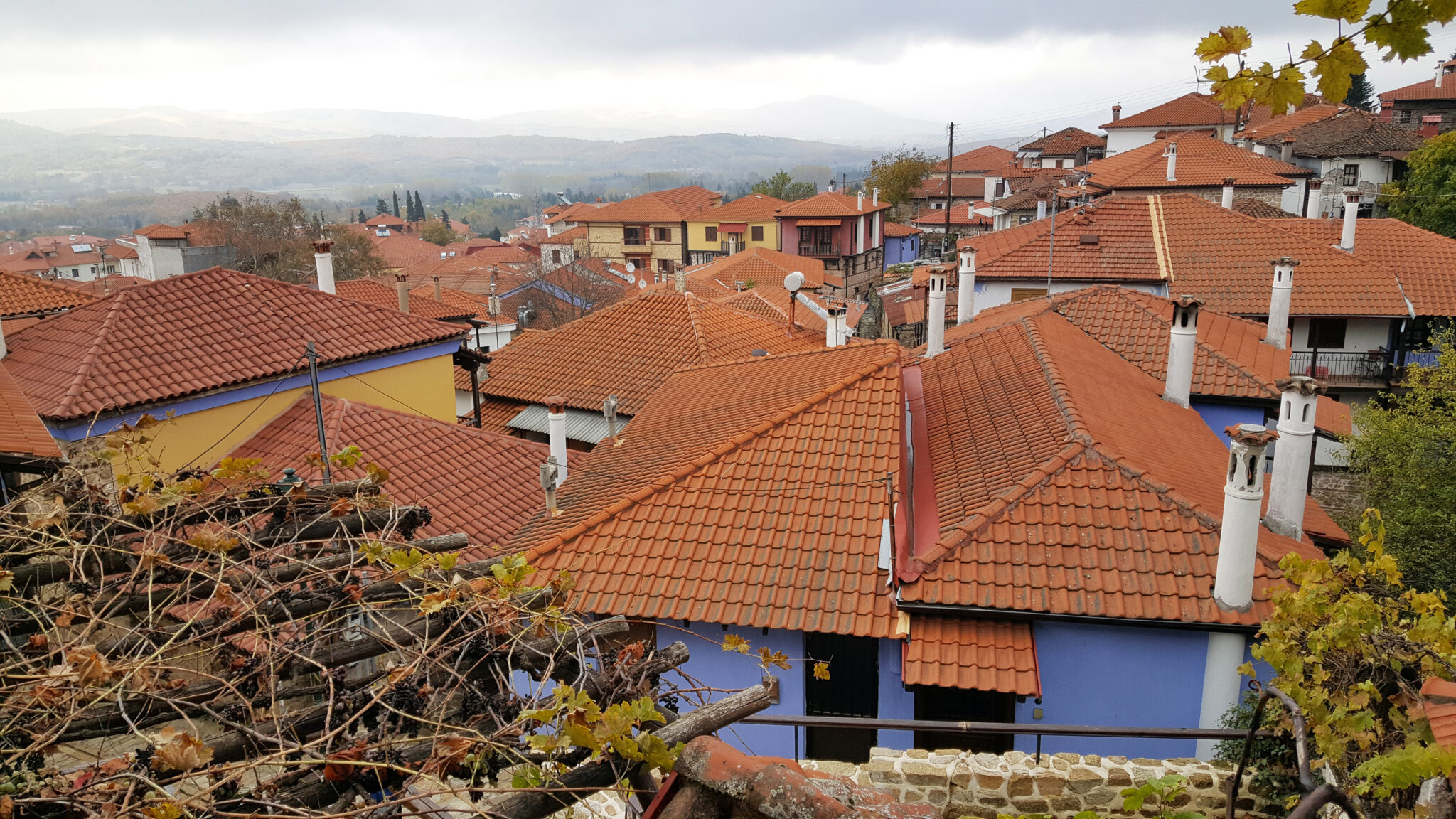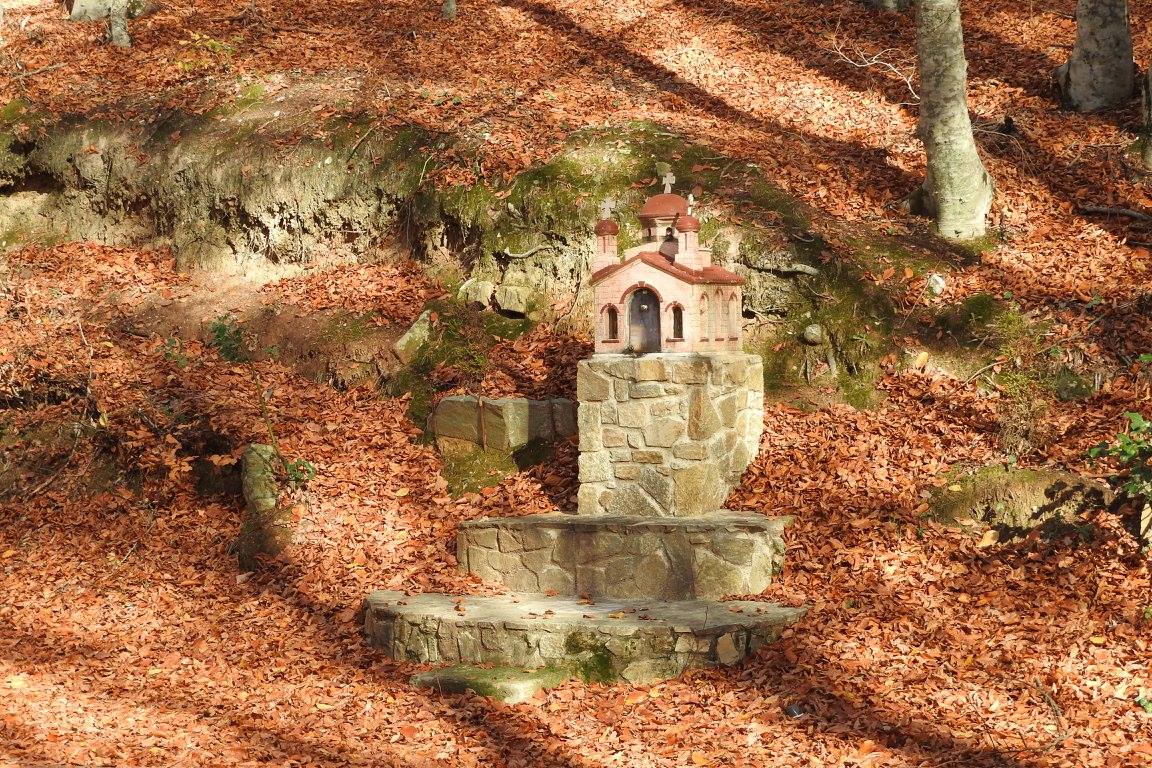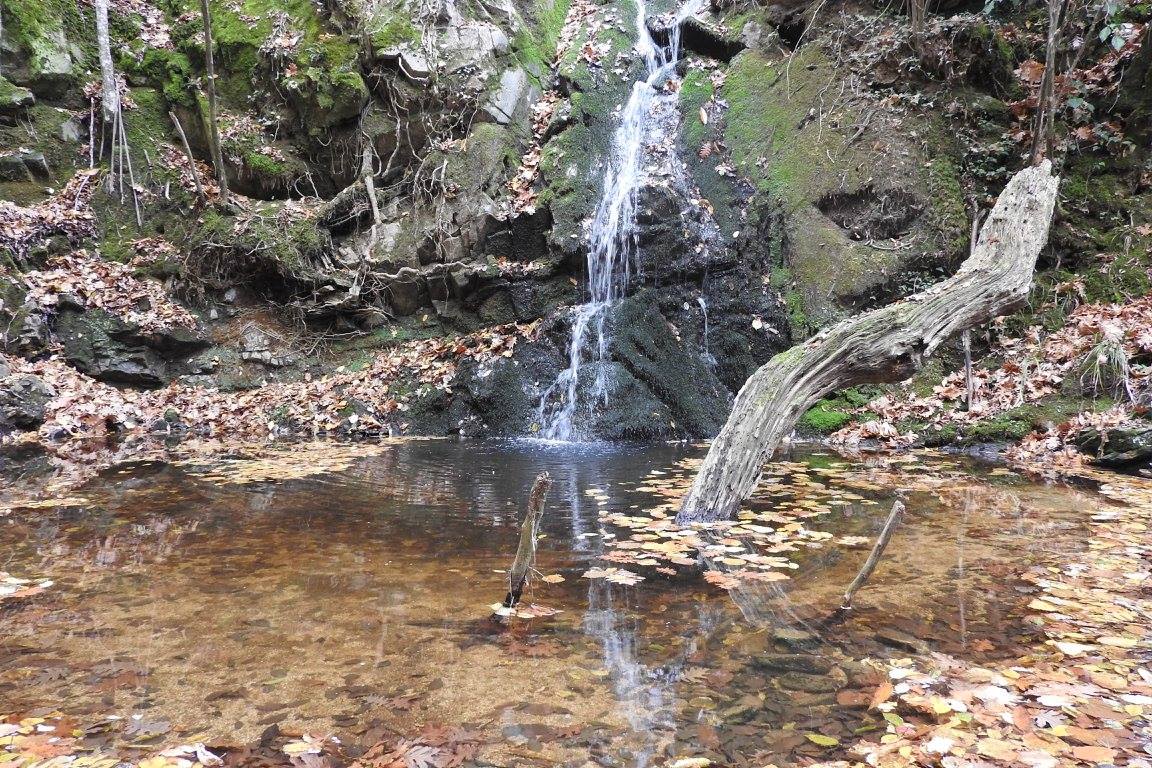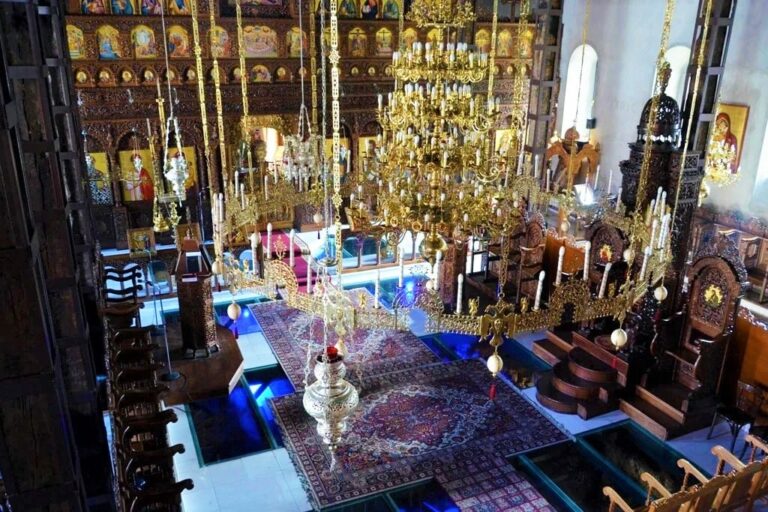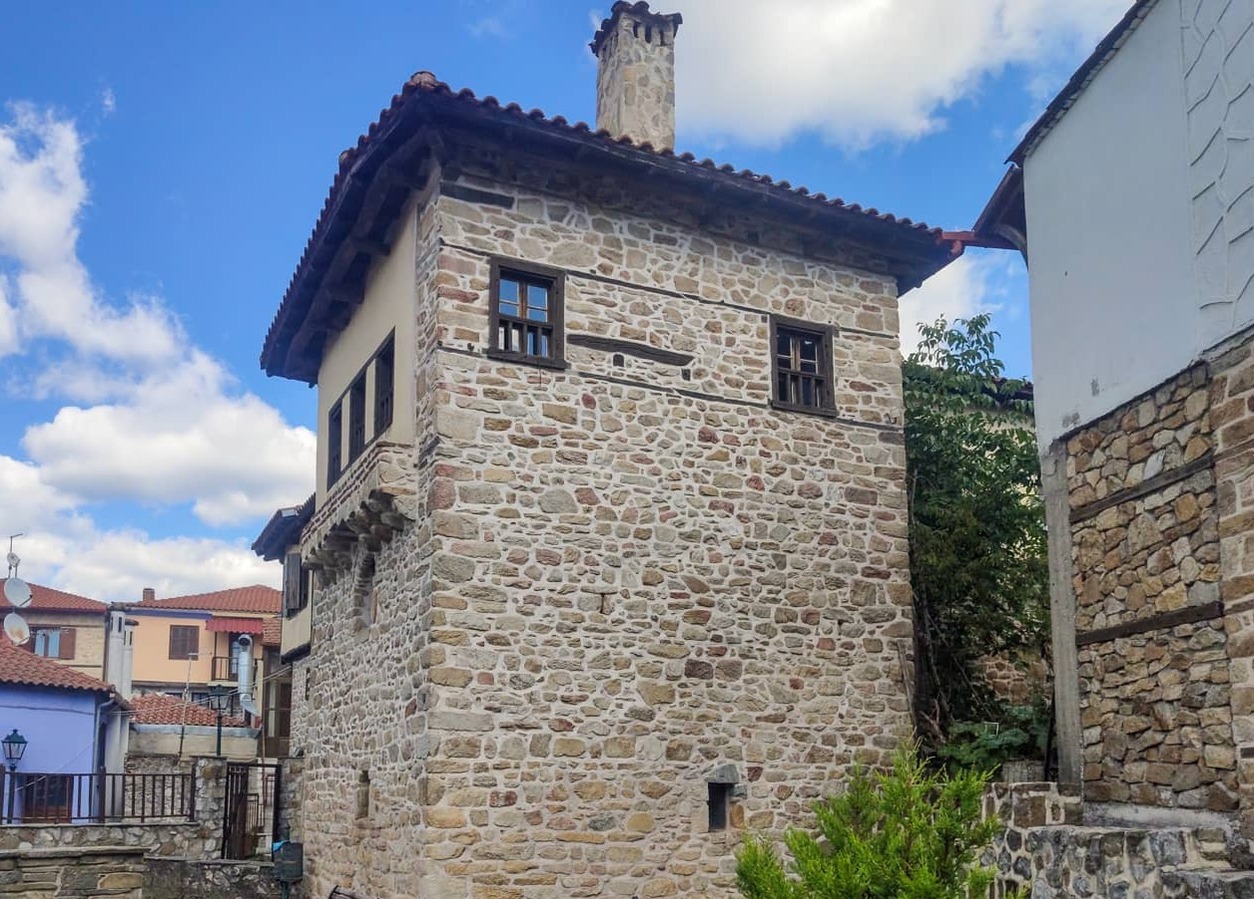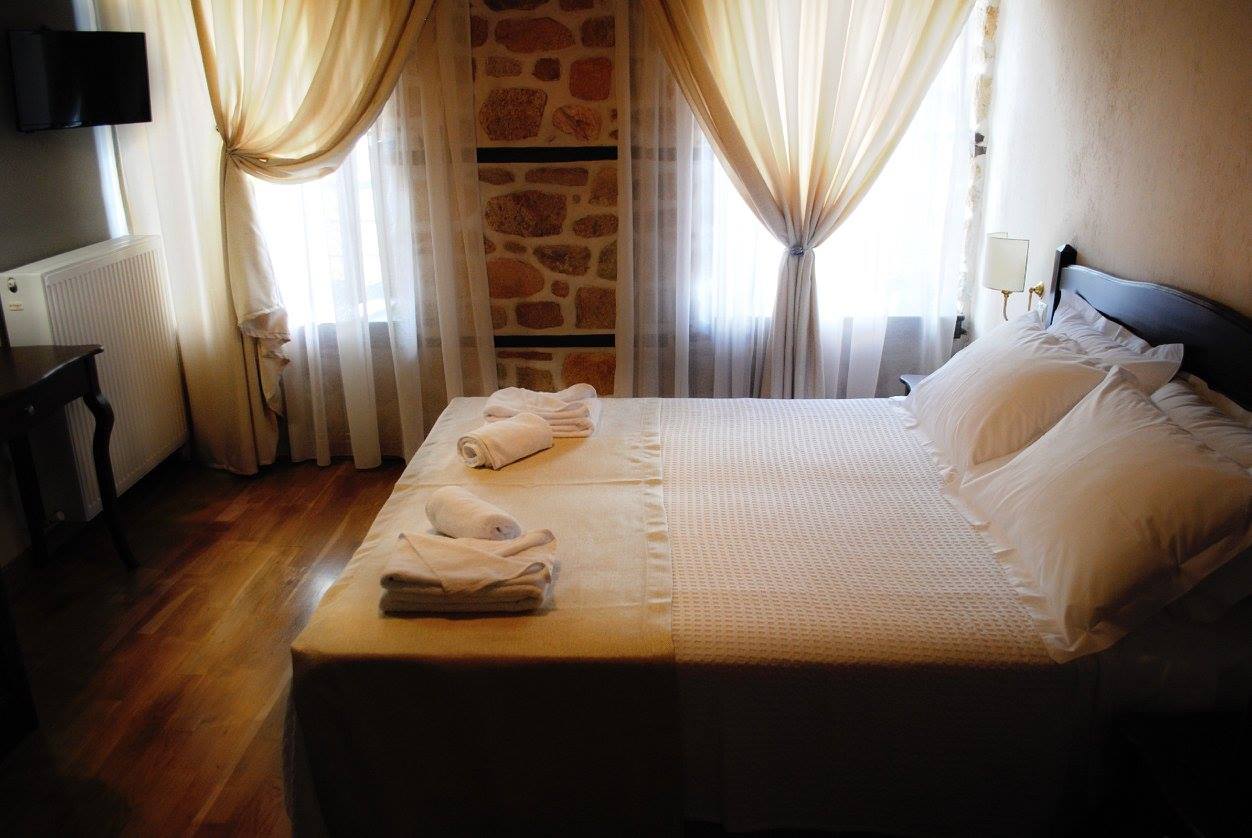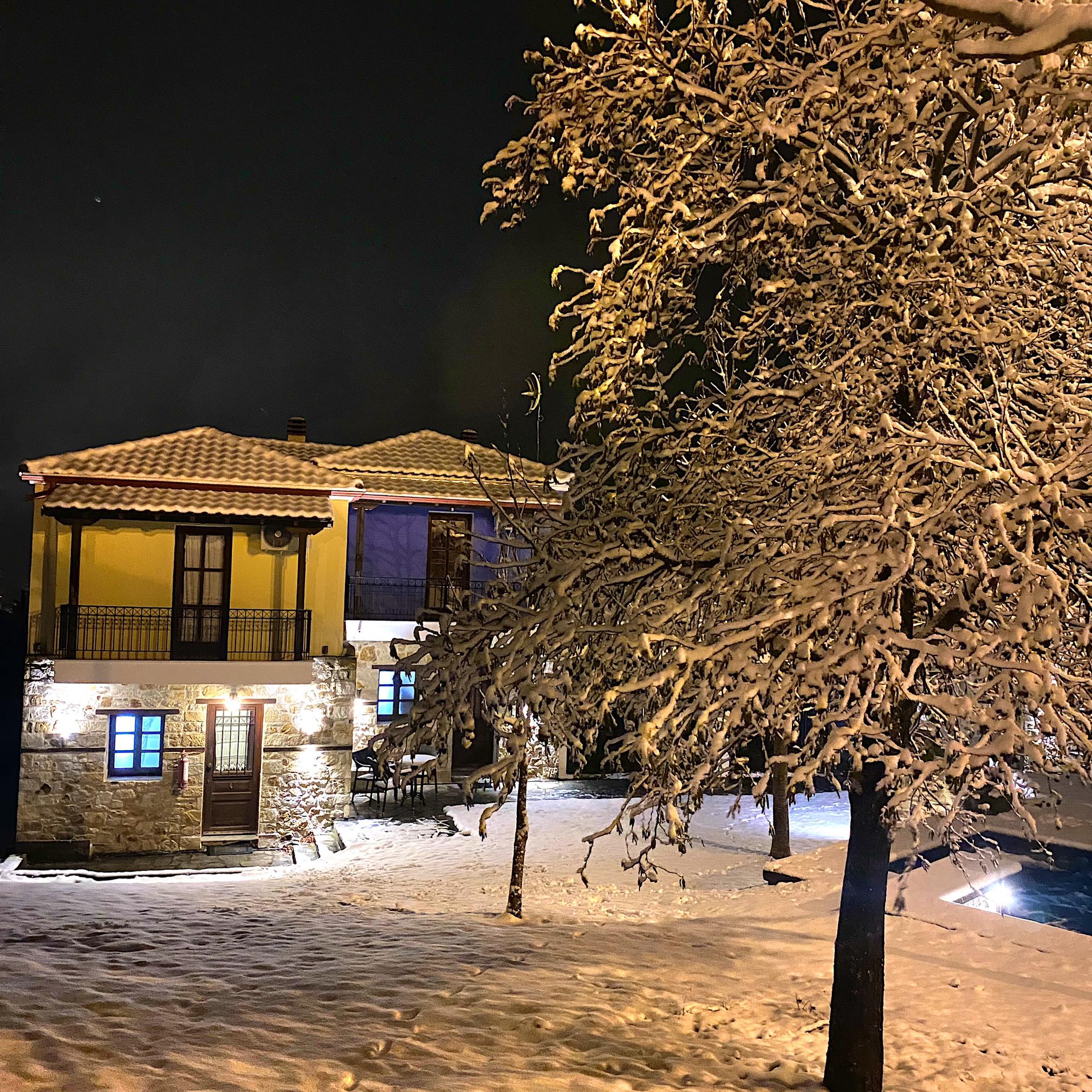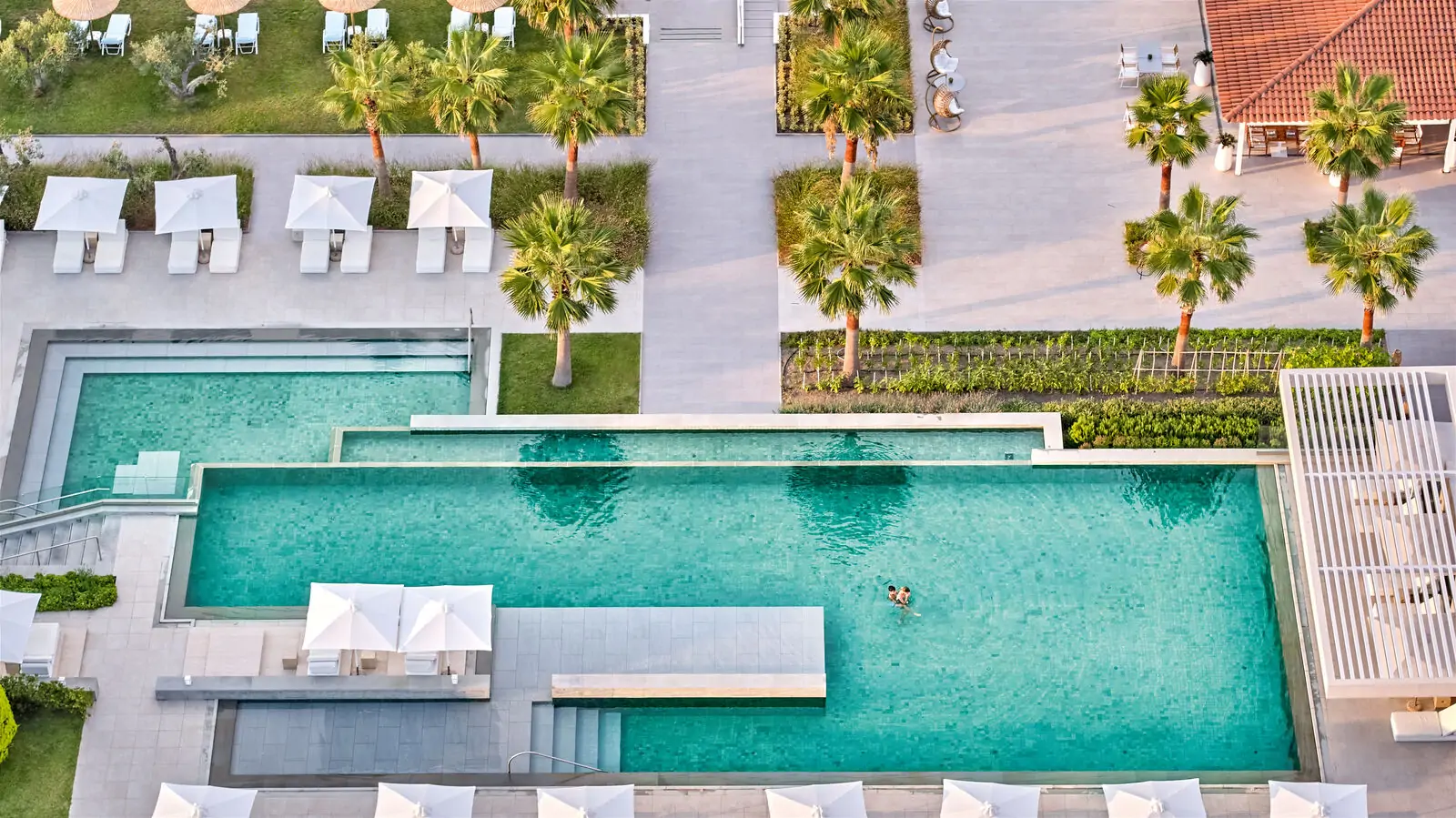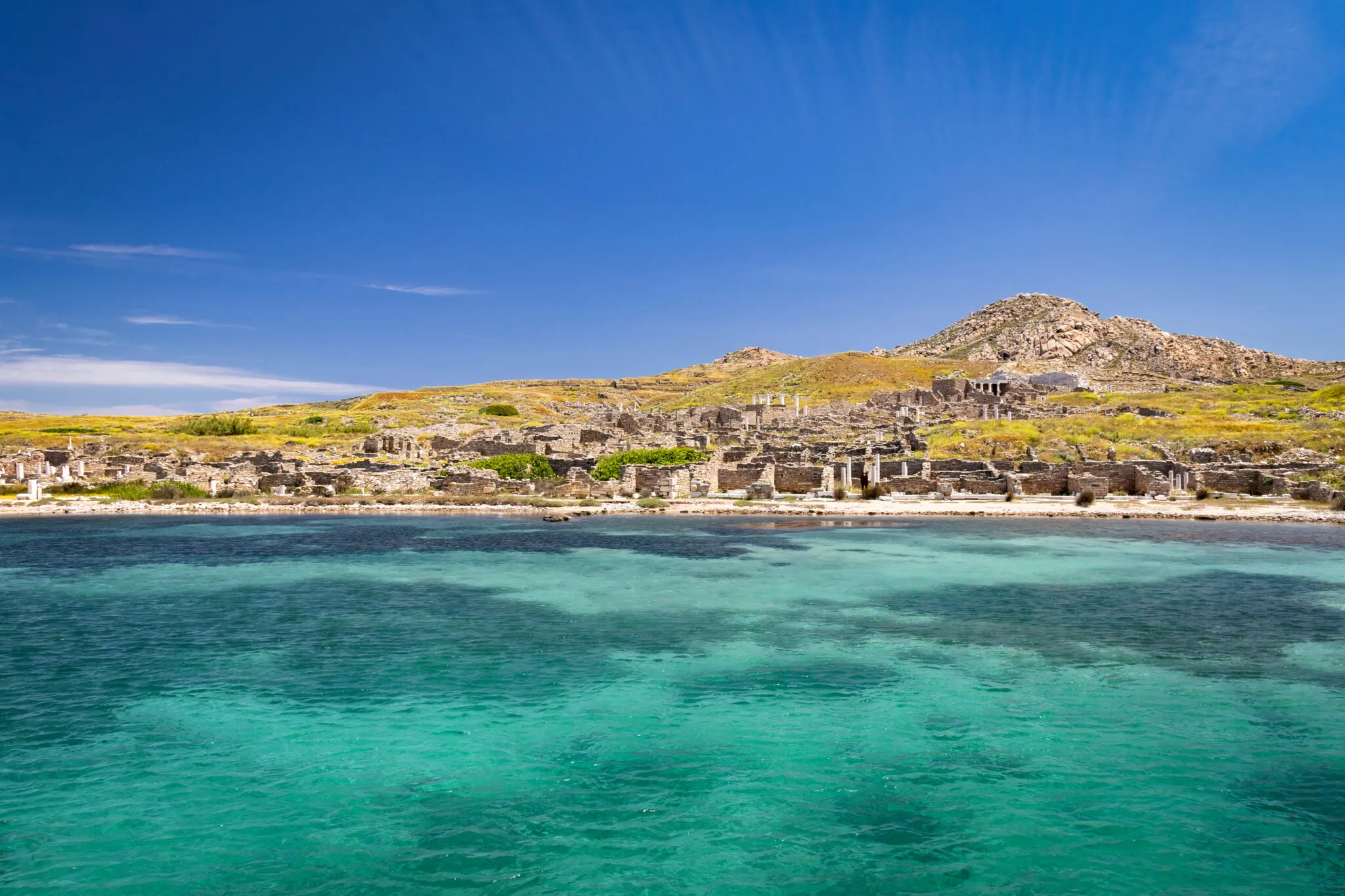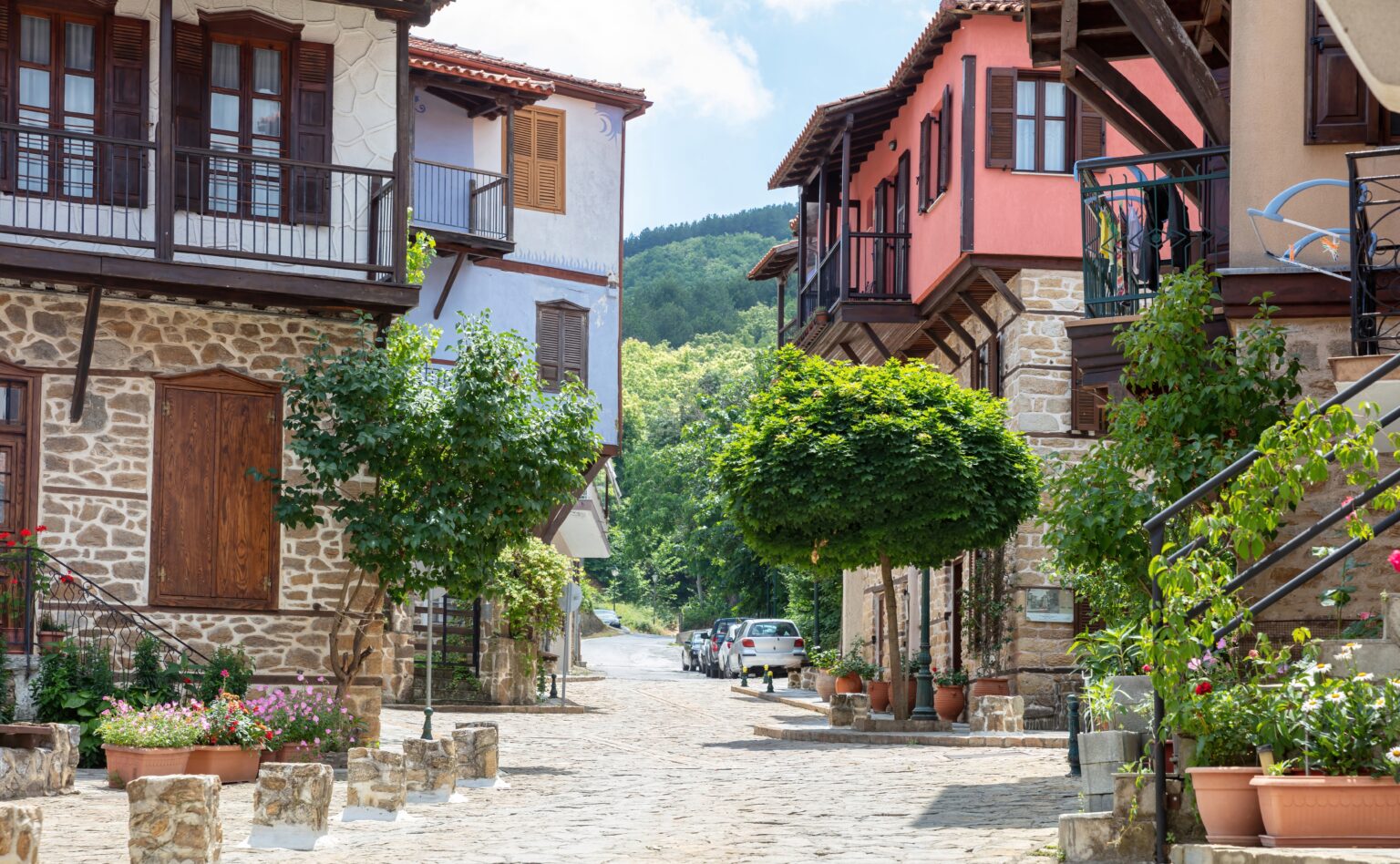A standout location surrounded by the mountainous beauty of the wider Halkidiki peninsula in northern Greece, Arnaia is a place of wondrous natural landscapes, restored mansions and renowned local goods. The small town, with a population of 2,300, is built amphitheatrically at an altitude of 600 meters, on the slopes of Mt Holomontas, in an idyllic setting filled with forests and running waters.
Easily reachable from Thessaloniki (72 kilometers away), in an hour and a quarter, this is a historic settlement. According to ancient Athenian historian and general Thucydides, a settlement named Arni existed in the area in approximately 430 BC. It may have been situated at the peak of the Profitis Ilias hill, 2.5 kilometers from the modern-day town, and it remains unknown how and when the ancient settlement vanished. During Ottoman times, the area was uninhabited and served as farming land for the nearby Palaiohori settlement. In 1478, a village with a Christian population was established here and named Liarigova. This name was kept until 1928, when it was changed to Arnaia as part of Greece’s systematic Hellenisation of Slavic names for locations.
Liarigova emerged as a commercial center in Halkidiki during the 18th century, when iron ore mines flourished in the area, along with beekeeping and production of woolen rugs. The town revolted against the ruling Ottomans in 1821, when the Greek Revolution began, but paid dearly for its uprising with a devastating response from the rulers, who set it on fire. The location eventually became a part of Greece in November 1912, early during the first Balkan War.
01
Explore the Village
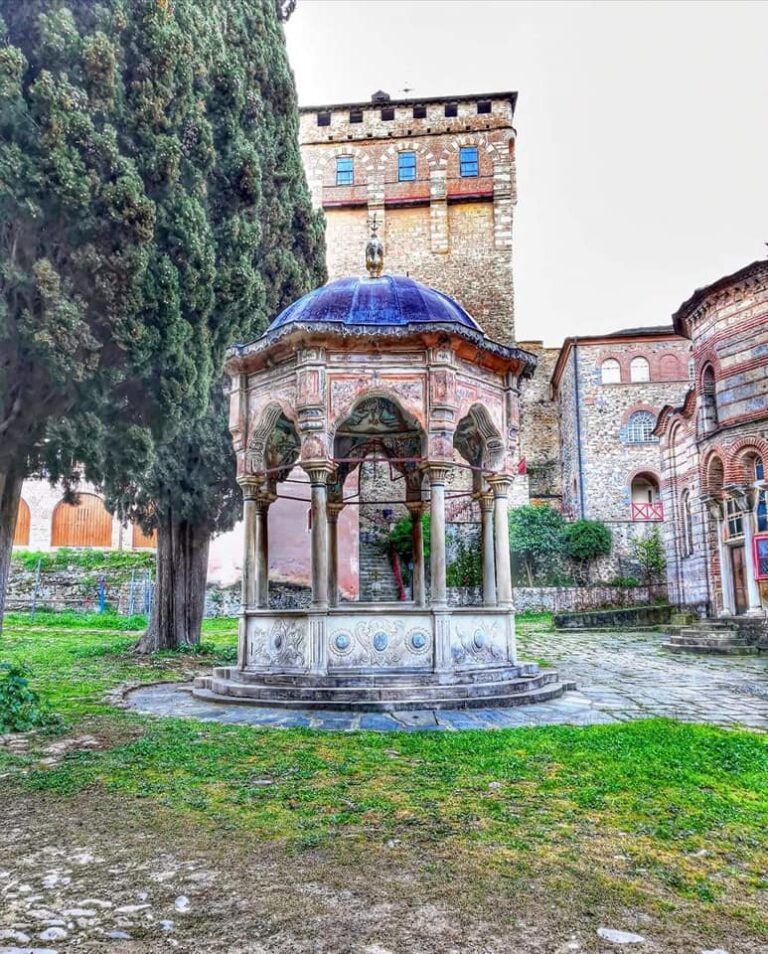
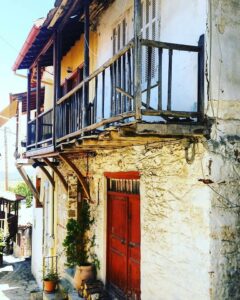
If you enjoy scenic strolls along larger roads and quaint cobbled paths, you’ll find Arnaia especially charming. Walking through the town, you’ll get to marvel at restored mansions and old houses, all fine examples of traditional Macedonian architecture, with stone and wood as their key features.
The local school building, from 1871, once the Liarigovi School, which later became a Town Hall, and the Primary School building, are fine examples of the distinct local architecture. Alexandros House, directly opposite, built in 1812, first served as a traveler’s inn for visitors stopping over on their way to Mount Athos.
Beyond the town, the lush surrounding forest on the outskirts, has a well mapped network of trails. Experienced trekkers can follow a route headed to Apolymeni Petra, 17 kilometers away, that takes around four hours to cross. The Agia Paraskevi bush area is another popular spot; tall, imposing oak trees surround the church of the same name, built in 1908. For a beautiful view, head up to Ai-Lia Hill, where the Profitis Ilias chapel stands, at the highest point.
02
See the Sights and Museums
The Church with a Transparent Floor
Agios Stefanos, a church with a complex history, has become distinguished nationwide, as a result of the dramatic damages it underwent. The church was built in 1812 as a three-aisled basilica, but was devastated by a fire in 1821, a response by the Ottoman rulers to the town’s participation in the Greek War of Independence. The basilica was gutted, only its walls left standing, but locals rebuilt the church and when the town was liberated in 1912, added a clock to the belfry. In September 2005, the church was burnt again, and all heirlooms were lost in the fire. Once again it was reduced to just its walls, but during its reconstruction, excavations made at its foundations brought to light three older buildings and artefacts dating as far back as the Early Christian period. Upon making these discoveries, transparent floors were created so that visitors could view a specially designed archaeological space below. Agios Stefanos is Greece’s only church offering service above visible artefacts of previous eras.
The History & Folklore Museum
The museum is hosted in the oldest preserved house in Halkidiki, an area known as the Giatradiko, or doctor’s house, which dates back to around 1750. A two-storey house made of timber and stone, it features a tower and a sheltered balcony. On the ground floor, visitors can see farming and beekeeping equipment as well as photographs depicting life in Arnaia between 1880 and 1950. The intermediate level features carpentry tools as well as traditional equipment, while the top floor showcases traditional costumes and a loom.
The Textile Museum
The ‘Mouseio Yfantourgias’ is housed in a traditional two-storey building from 1870, commonly referred to as the Giannoudena house. It has traits of a 19th century salon and exhibits from the collection of a renowned textile maker and merchant, Harikleia Dimitrakoudi (1913-2003). The ground-floor area presents a step-by-step display on how wool was converted to yarn for weaving on the loom, while the top floor showcases elaborate rugs once used to adorn walls.
03
Enjoy the Food
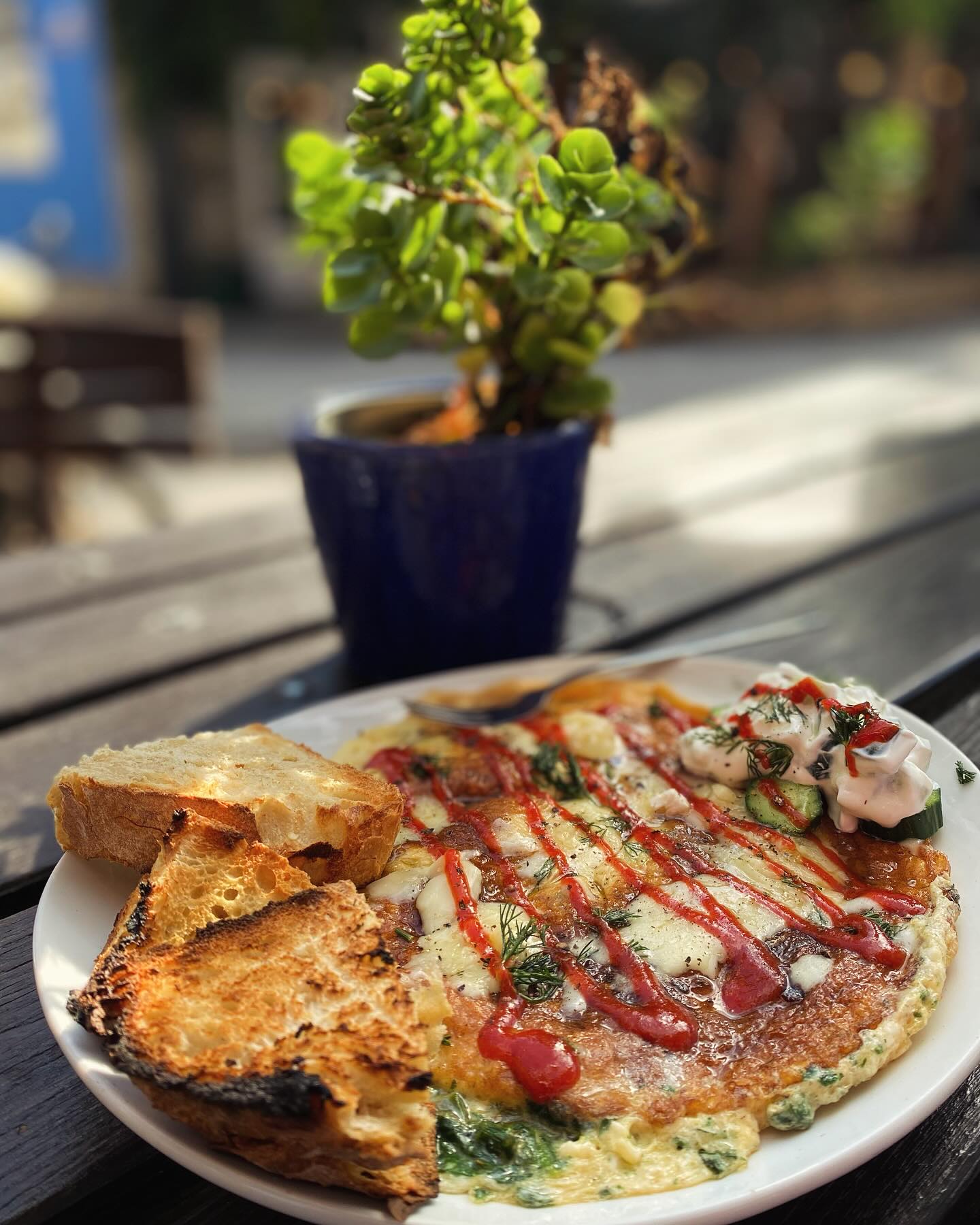
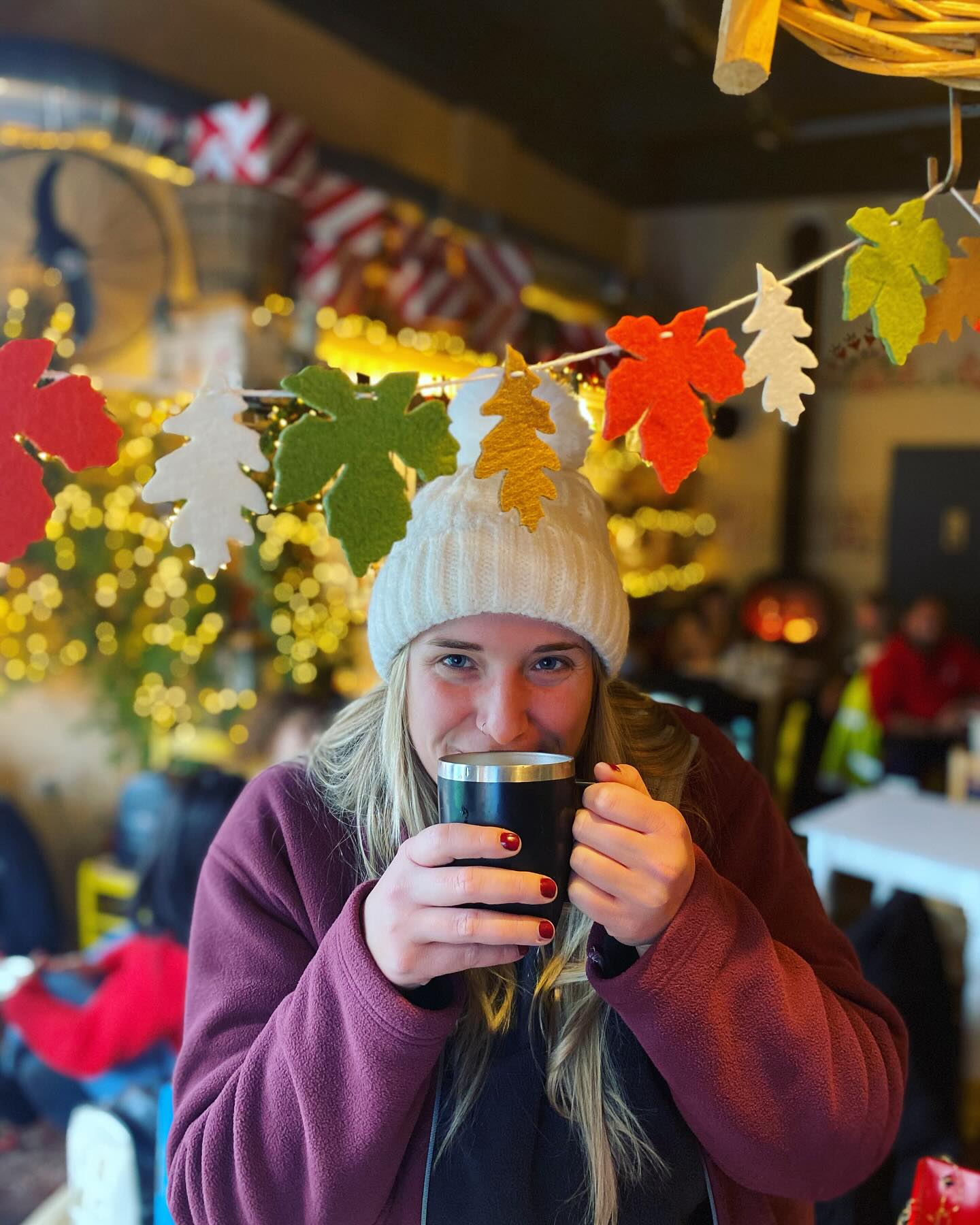
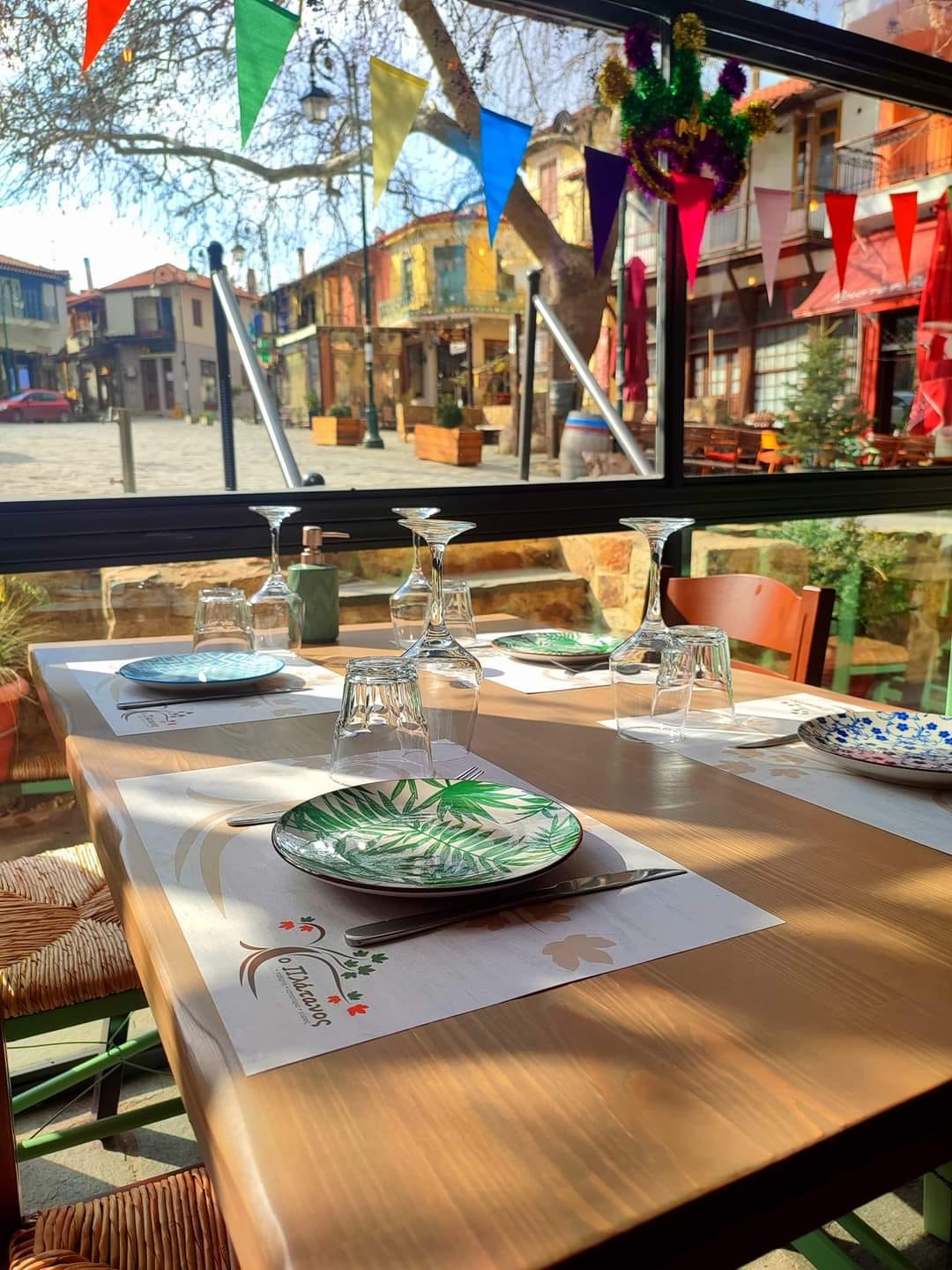
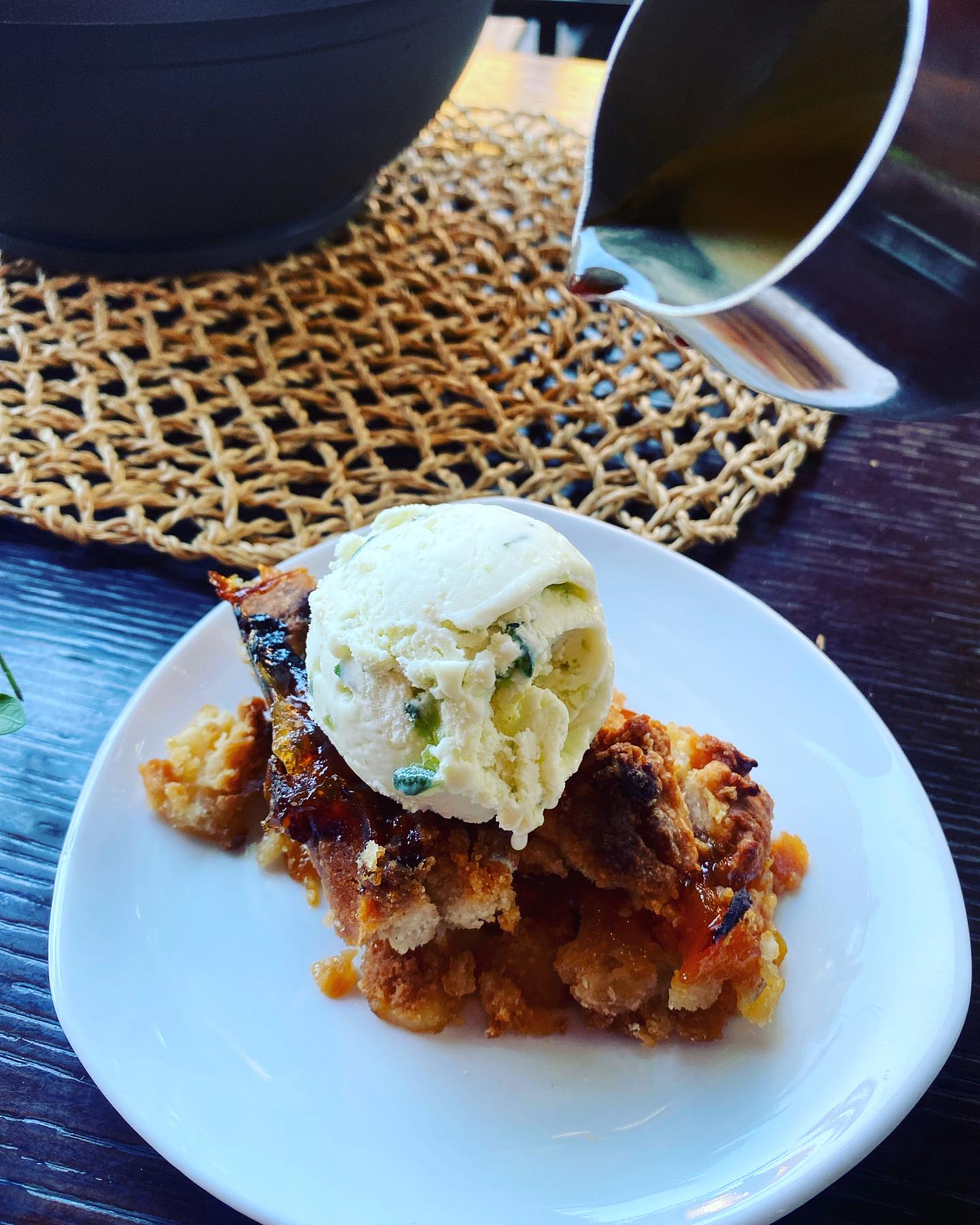
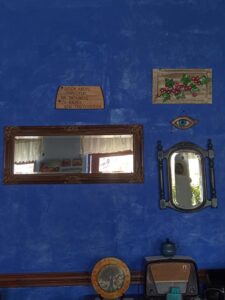
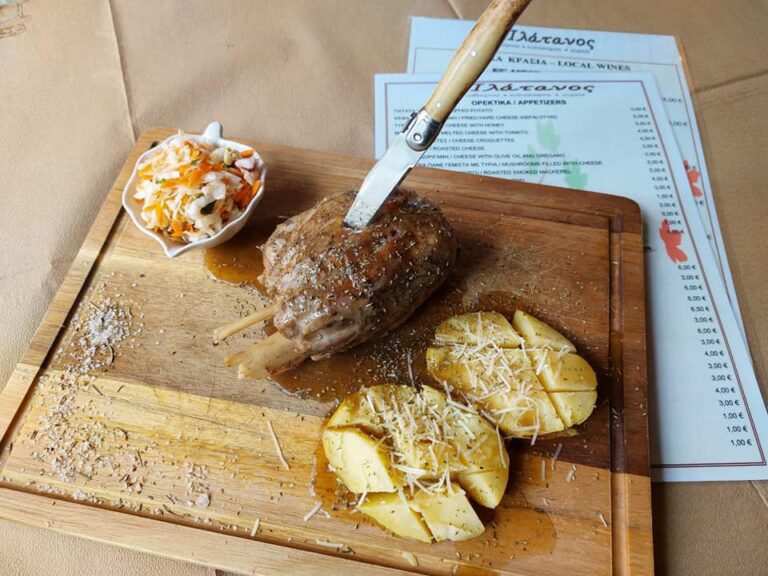
The family taverna Magemeno Dasos, beyond Arnaia, in Neohori, is a top foodie choice. There is an interior children’s play park and a horse-riding club run by the taverna’s proprietors offering fun for all the family. Try the skewed grilled chicken and handmade soutzoukakia (meatballs in a tomato-based, spicy sauce) and are sure to delight in their homemade bread, baked in a fire oven.
The Bakatsianos restaurant, within an oak tree forest in Agia Paraskevi, serves delectable grilled and stuffed mushrooms, collected from the nearby mountain, as well as local meat and great regional wines. If you’d rather stay in town, visit Platanos, a traditional taverna at the main square of Arnaia, which will fully satisfy your appetite with delicious Greek dishes.
Don’t leave Arnaia without a stopover at the Kosma confectionary shop in the center of town. The place is renowned for its touloumbes (fried dough pastries), while, if there during summer, definitely try the rose loukoumi-flavored ice cream, which is sublime.
For coffee, modern and upbeat Passalimani, on the road leading out towards Sithonia, is a popular choice for visitors to Arnaia. It serves quality coffee, is well stocked with wine and spirits, and occasionally hosts live music performances. The cafe at the Horostasi guesthouse is another popular spot for hot beverages by the fireplace. So, too, is the bar at the Prasino Horio guesthouse, for a night out just outside the town. For a more traditional-style cafe, Kafeneio I Lanara, in Gerogianneon square, is great for Greek coffee accompanied by sour cherry preserve, or assorted meze dishes with tsipouro or Halkidiki microbrewery beers. In the same area, the buzzy and contemporary Polyhoros Aristotelous, serves delicious sweets, sandwiches and meze dishes.
04
Stay
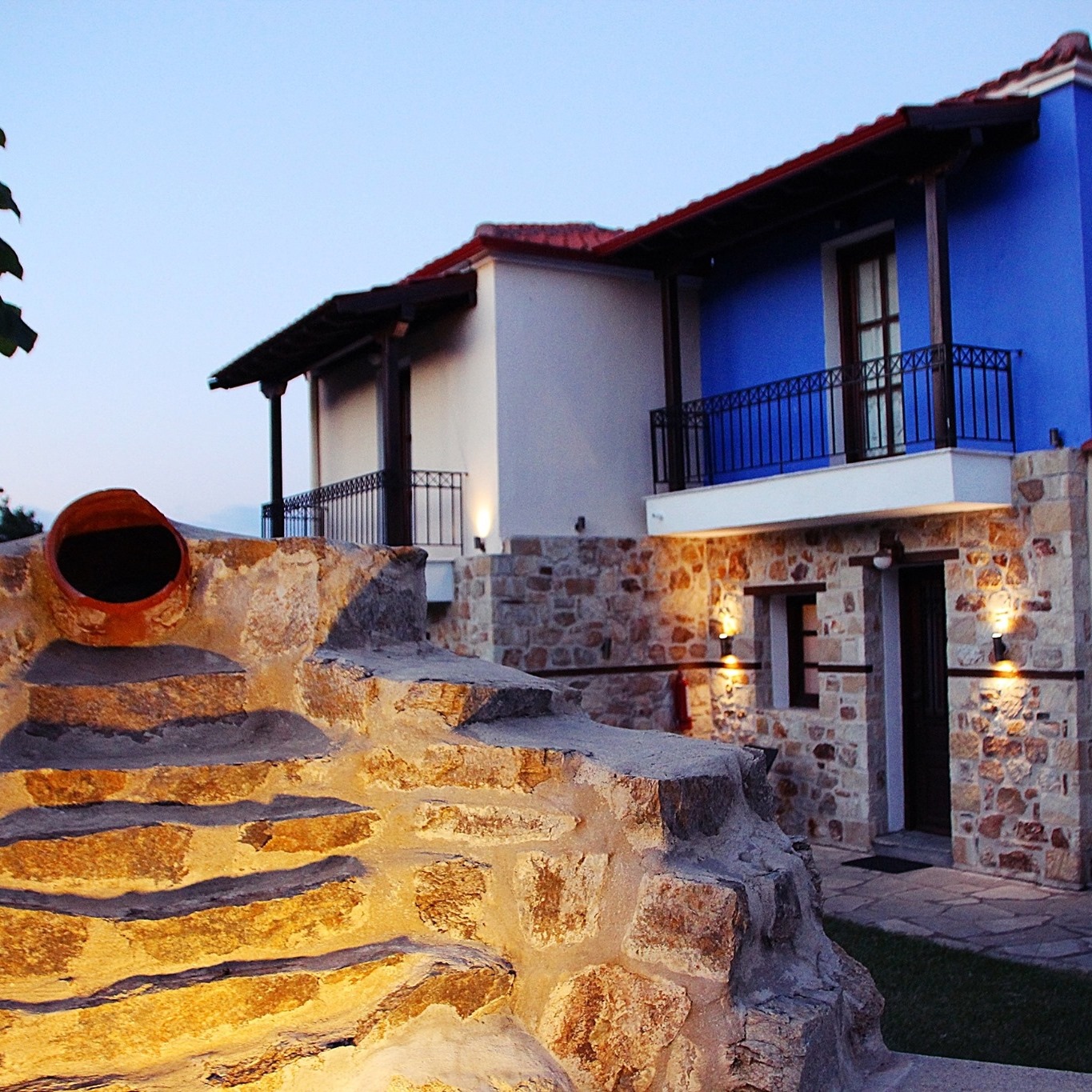
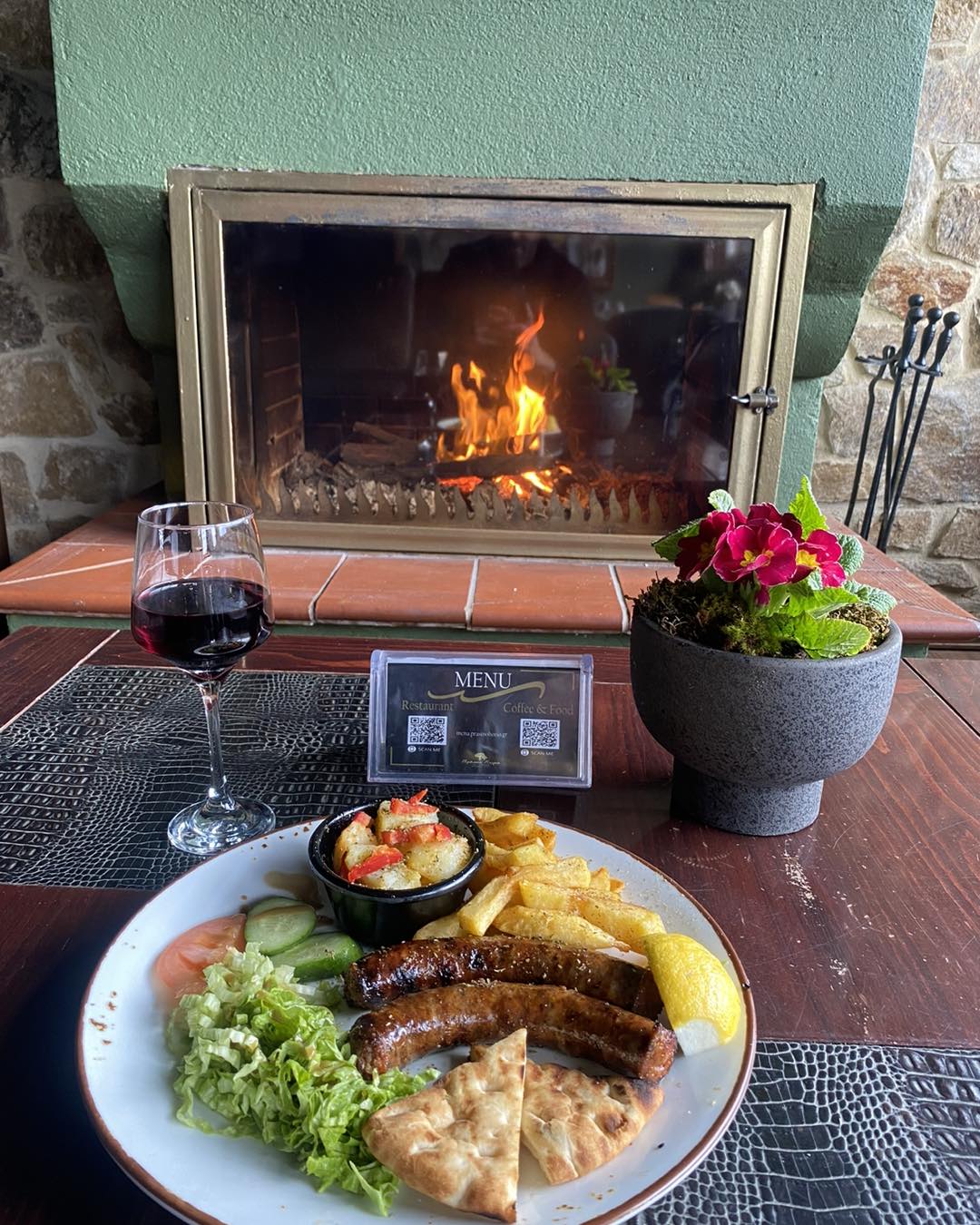
As it is near Thessaloniki, Arnaia attracts many visitors on day trips. However, the town is equipped with infrastructure for stays over a number of days too. Traditional style and cozy, Horostasi Mansion, a stately, renovated guesthouse at the center of Arnaia, serves free breakfast with homemade pies and marmalades. Oikia Mitsiou, a traditional 19th century mansion that was converted into a guesthouse, looks out on a splendid view of the forest at Mt Drevenikos directly opposite. Hotel Konaki is preferred by families with children, while visitors wanting even greater serenity can opt for Prasino Horio, slightly beyond the town. It offers spacious rooms with a view.
05
Shop
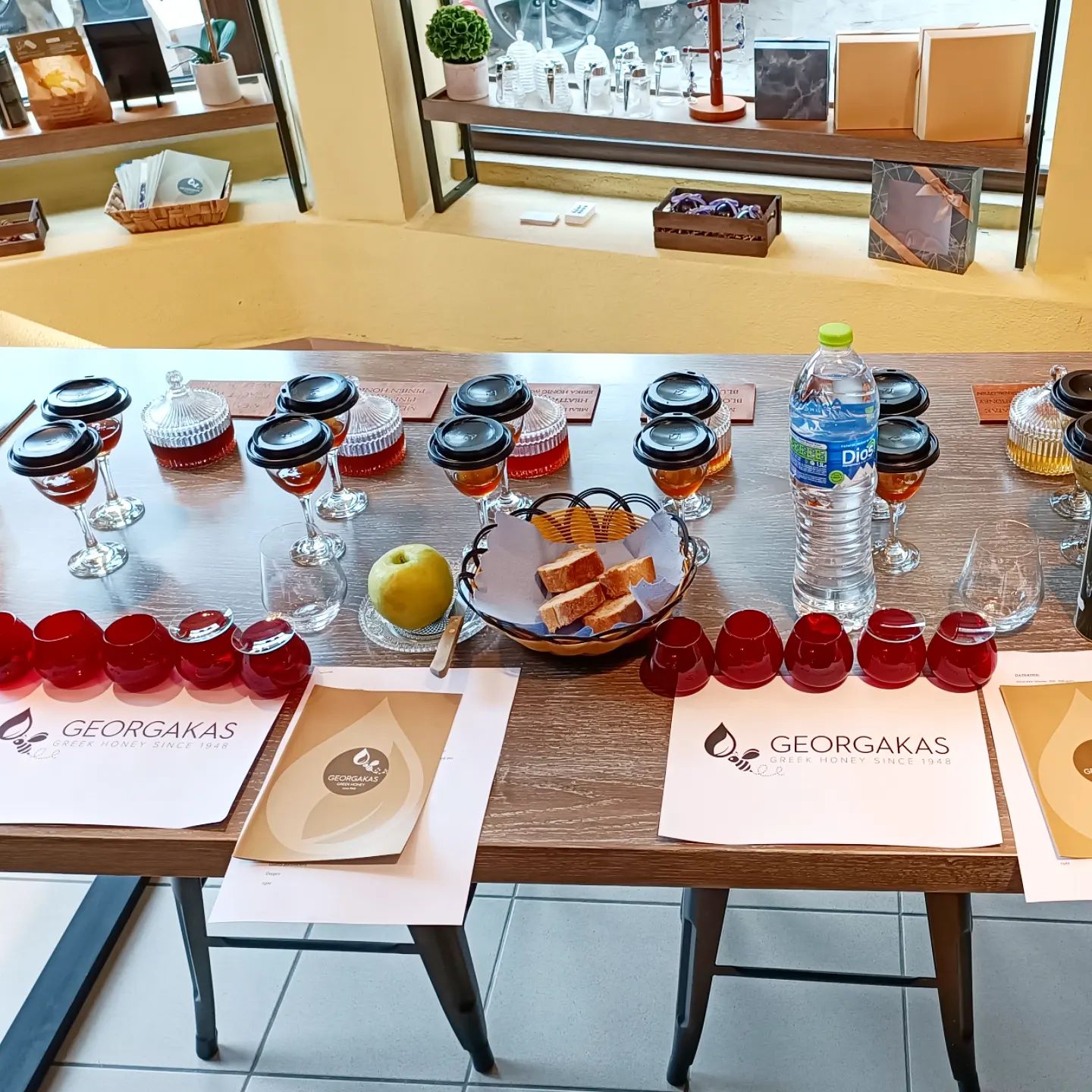

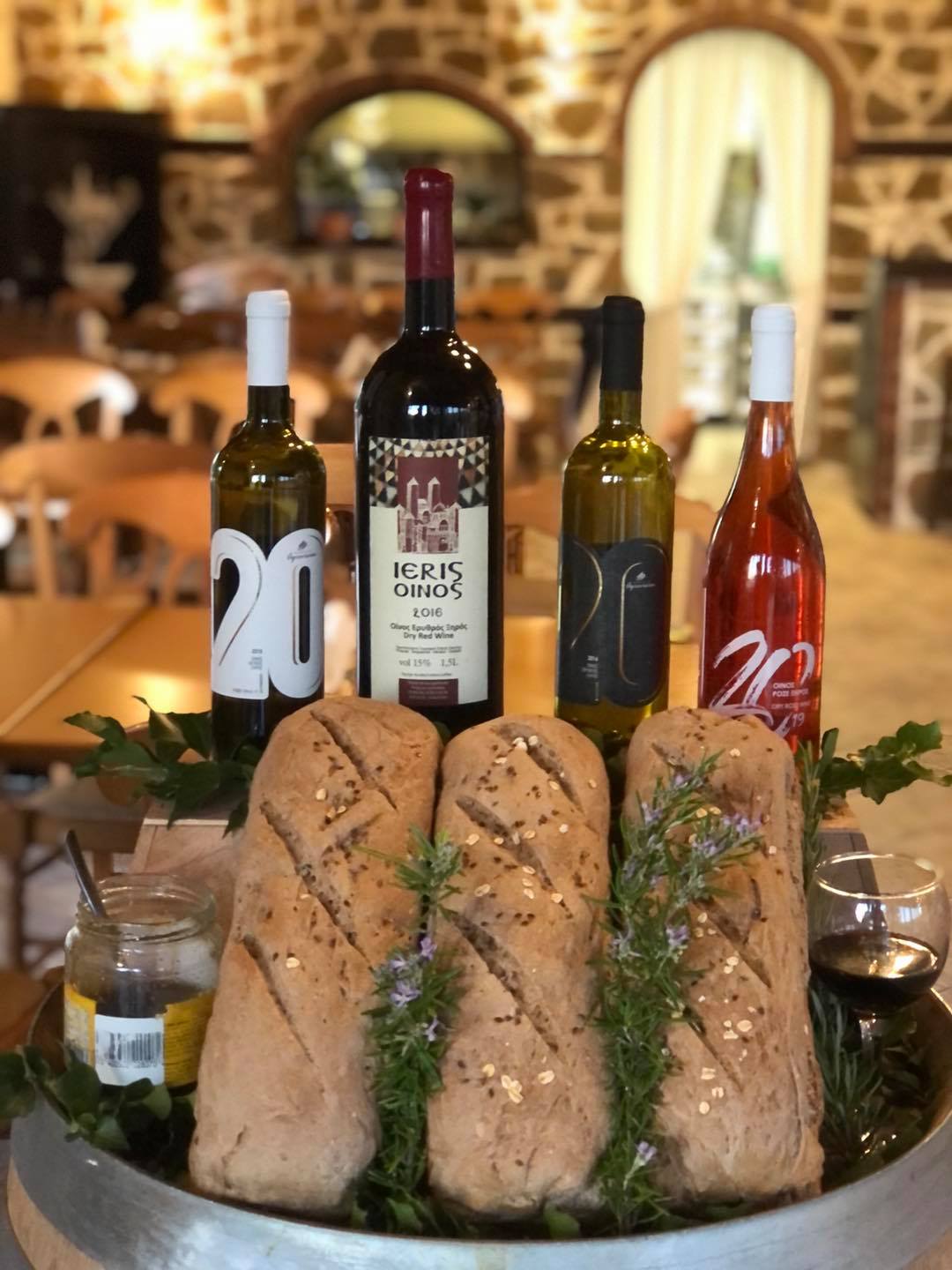
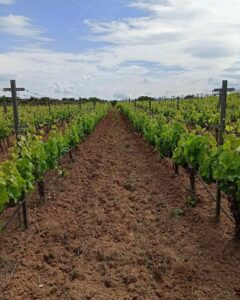
Local Arnaia goods have often received awards at international gastronomy competitions, so it is well worth seeking them out while on home turf. The main square with the trademark plane tree is the town’s main shopping area.
RIZES, established by pharmacist Despoina Katsiamouri, is a company based in Arnaia that specializes in the production of herbal medicinal (phytotherapy and gemmotherapy) products. The company emphasizes the use of natural extraction processes and optimal methods to maximize active ingredient levels, ensuring high-quality, 100% natural products sourced directly from their natural environment.
The Georgakas pine honey produced by beekeeper Dimitris Georgakas is exceptional, though his cream honey variety appears to be developing into the producer’s top seller. A flower honey produced by Giannis and Pavlos Repanis is also superb. Domaine Papagianni, a local winery headed by Claudia Papagianni produces award-winning wines (visit upon appointment).
It is also worth tasting local specialties, including moundovina, tsipouro spirit with honey, and paspalopita, a local version of pumpkin pie. Both are trademark Arnaia products.




